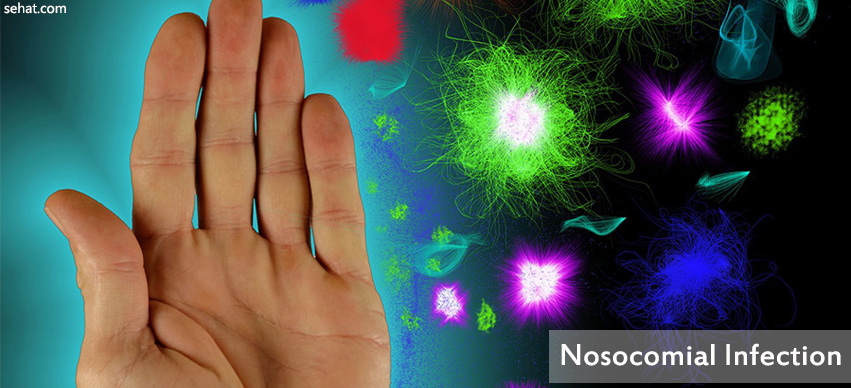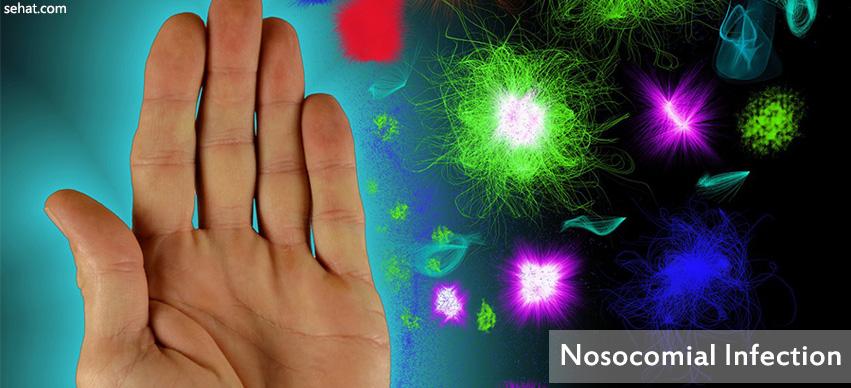How Communities Are Changing the Way We Think About Aging in..
8 Min Read


Since, the time hospitals came into existence, people considered the place where one can get treatment for different kinds of physical or mental disorders. In any hospital from beginning an individual can find several professionals may be skilled or unskilled including doctors, surgeons, nurses, ward boys, maids, sweepers, and several other staffs who are directly or indirectly serving patients visiting hospitals by the way of their respective services. However, did you ever think that even by visiting a hospital or coming in contact with the patients and people working in healthcare centre especially related to obstetric associated maternity can get affected with nosocomial infection.
Nosocomial infection especially affect the hospital staff engaged in handling obstetric associated with maternity due to lack of awareness, unhygienic environment, lack of antibiotics for treating infection, lack of protective apparels and equipments. People working in hospitals, nursing homes, privately or government owned clinics, and even at ICUs of any reputed hospital, which is considered as most hygienic and safe place for the patients in order to protect them from any kind of infections. However, due to negligence or lack awareness among healthcare professionals about preventative measures that should be adopted by the healthcare units to get protection against Nosocomial infection. The infection is adversely affecting the health of the professionals associated with maternity, other patients, and all those people who are coming into contact directly or indirectly with host body may be living or non-living carrying Nosocomial infection causing microbes and bacteria. –seems to be an incomplete sentence
Mostly the nosocomial infection spreads by the way of contaminated equipments used during surgery of any wounds or operations, air droplets, beds of patients, clothes of infected person, and even by coming into contact with the equipments used by the nosocomial infected body that may be living, dead, and non-living.
Initially, in 1841 an obstetrician resident of Hungary named Ignaz Semmelweis practicing as a physician in Vienna maternity hospital found that suddenly death rates of women involved in childbirth are accelerating due to puerperal fever, which is a disease caused because of Nosocomial infection. The infected ladies initially suffered from fever caused by developing uterine infection. Further, the physician conducted survey in wards where women were giving birth to babies and place where medical students were working on cadavers. The physician was shocked when he found at such places the nosocomial infection rate was 20 times higher than other places in hospital, infecting staffs helping women during child birth. Thus, the physician made it mandatory to use disinfectants for hand wash in May 1847 and result came very positive as the rate of nosocomial infection declined.
There are several diseases that are associated with nosocomial infection, but of several diseases the most common are hospital-acquired pneumonia, ventilator-associated pneumonia, urinary tract infection, gastroenteritis, puerperal fever, and so on. The nosocomial infection generally gets transmitted by direct contact with infected person, by droplets that may come from infected person when they cough, sneeze, vomit, bleeding, talking sitting close to them, and by other similar means. Further, the nosocomial infection also gets transmitted by any items used by the infected patient, which includes their utensils, food, water, medicine, and equipments used to treat them. In addition, the nosocomial infection also infects other people by the way of parasite carrying insects and mammals like mosquitoes, rates, flies, and other pet animals that the infected person handles.
If we talk about most developed nations especially USA we can find approximately 1.7 million hospitals are infected with nosocomial infection causing bacteria and associated microbes, which cause around 99,000 deaths in a year. Further, in European countries the deaths caused due to nosocomial infection were around 25,000 in a year. In this regard, the best preventative measures were prescribed and implemented in Maryland State of the USA, which offered rewards and even penalties to health care centersby evaluating rate of nosocomial infection in their institutions. The protective measures that were prescribed was sterilization of equipments and clothes of the patients, isolation where the nosocomial infected patients were kept in special rooms, frequent hand washing by using best disinfectants, usage of gloves as well as their decomposition after usage, sanitizing surfaces by applying non-flammable alcohol vapor in carbon dioxide systems, and by using antimicrobial surfaces made of copper, silver, and other germicide compounds.
Maryland State of the USA discovered after two years and found that after launching the program the rate of nosocomial infection fell till approx 15%in healthcare institutions. Further, if we compare the infection rate decreased from 2.38 in year 2009 to 2.02 in year 2011. In addition, the decline of 15.26% constitutes around $ 100 million saving in healthcare institutions of Maryland. Thus, the world can learn a lot from such kind of government policies that helps in combating nosocomial infection.
As per different researches conducted by Global Antibiotic Resistance Partnership (GARP) and India Working Group and Centre for Disease Dynamics, Economics and Policy (CDDEP) says that there is high risk of nosocomial infection in Indian healthcare centers even in ICUs and general wards. In year 2011GRAP stated that HAI can be controlled by using preventative measures adopted by Maryland healthcare centers.
The most common infection causing organisms like S. aureus and P. aeruginosacarrying the infection causing pathogens found across the world were also found in Indian hospitals. Further, according to the study conducted by Post Graduate Institute of Medical Education and Research (PGIMER) in Chandigarh out of 71 patients 59 patients in burn units were infected with nosocomial infection, which constitutes around 83% overall infection spreading rate. Another, research conducted by All India Institute of Medical Sciences (AIIMS) in New Delhiin year 2001 put forward findings that were really shocking as it stated out of 1,253 patients in ICUs 140 patients spread acquired infection in hospital to 152 patients, which constitutes around 11% rate of nosocomial infection. Thus, it is really high time for Indian health care center to think and take preventative measures to control nosocomial infection spreading among healthcare staff, patients, and people visiting to health care centers due to any reason.
Sehat provides list of best General Physicians in Delhi from which you can research and choose the right doctor for your condition.